Introduction to Aircraft
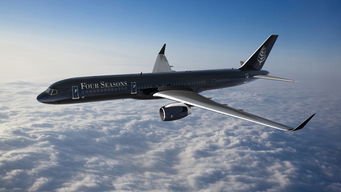
The aircraft, a marvel of modern engineering, has revolutionized the way we travel and communicate across the globe. This article delves into the fascinating world of aircraft, exploring their history, types, and the impact they have had on our lives.
History of Aircraft
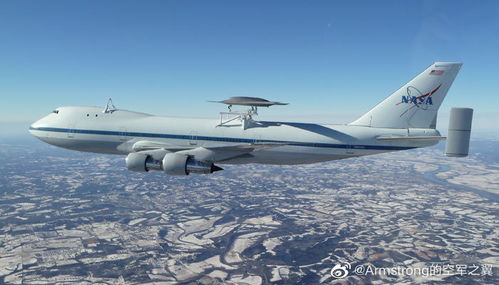
The concept of flight has intrigued humans for centuries. However, it was not until the early 20th century that the first successful powered flight took place. On December 17, 1903, the Wright brothers, Orville and Wilbur, achieved the first powered, sustained, and controlled airplane flight. This marked the beginning of a new era in aviation history.
The development of aircraft progressed rapidly in the following decades. During World War I, aircraft were primarily used for reconnaissance and military purposes. The post-war period saw the rise of commercial aviation, with the first transatlantic flight taking place in 1919. Since then, aircraft technology has continued to evolve, making air travel safer, faster, and more accessible to the general public.
Types of Aircraft
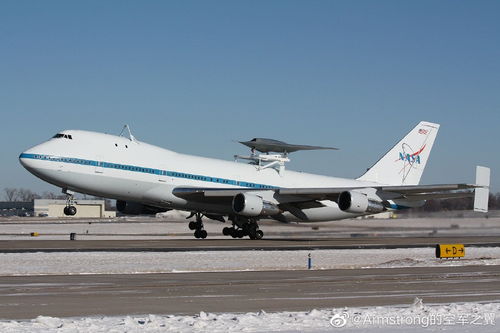
Aircraft come in various types, each designed for specific purposes. Here are some of the most common types of aircraft:
- Commercial Airlines: These are the most common type of aircraft, used for transporting passengers and cargo over long distances. Examples include Boeing 737, Airbus A320, and Boeing 777.
- Business Jets: These aircraft are designed for private use, offering luxury and comfort to their passengers. Examples include the Bombardier Global 5000 and Gulfstream G650.
- General Aviation: This category includes aircraft used for recreational flying, such as single-engine propeller planes and light helicopters. These aircraft are often used for flying lessons, pleasure flights, and aerial photography.
- Military Aircraft: These aircraft are used by armed forces for various purposes, including reconnaissance, air superiority, and combat. Examples include the F-22 Raptor, F-35 Lightning II, and Boeing E-3 Sentry.
- Helicopters: Helicopters are unique aircraft that can take off and land vertically, making them ideal for operations in confined spaces and difficult terrains. Examples include the Bell UH-1 Huey and Airbus H145.
- UAVs (Unmanned Aerial Vehicles): These aircraft are remotely piloted or autonomous and are used for various applications, such as surveillance, reconnaissance, and delivery services. Examples include the DJI Phantom series and the RQ-4 Global Hawk.
Innovation in Aircraft Design

Aircraft design has seen significant advancements over the years, with a focus on improving fuel efficiency, reducing emissions, and enhancing passenger comfort. Some of the key innovations in aircraft design include:
- Composite Materials: The use of composite materials, such as carbon fiber and glass fiber, has allowed for the construction of lighter and stronger aircraft structures.
- Advanced Aerodynamics: The development of more efficient airfoils and winglets has reduced drag and improved fuel efficiency.
- Avionics: Modern aircraft are equipped with advanced avionics systems, including GPS navigation, automatic flight control, and collision avoidance systems.
- Passenger Comfort: Modern aircraft are designed to provide a comfortable and enjoyable travel experience, with features such as larger windows, improved cabin pressure, and noise reduction technology.
The Impact of Aircraft on Society
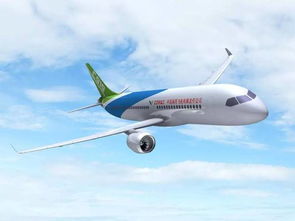
The advent of aircraft has had a profound impact on society, transforming the way we live, work, and communicate. Some of the key impacts include:
- Globalization: Aircraft have made it possible to travel quickly and efficiently across the globe, fostering international trade, tourism, and cultural exchange.
- Communication: Aircraft have facilitated the rapid transfer of information, allowing businesses and individuals to stay connected regardless of their location.
- Emergency Response: Aircraft are used for emergency response operations, such as search and rescue missions, medical evacuations, and disaster relief efforts.
- Entertainment: Aircraft have become a source of entertainment, with in-flight movies, music, and Wi-Fi services available to passengers.
In conclusion, aircraft have become an integral part of our lives, playing a crucial role in shaping the modern world. As technology continues to advance, we can expect even more innovative aircraft designs and applications in the future.
Conclusion
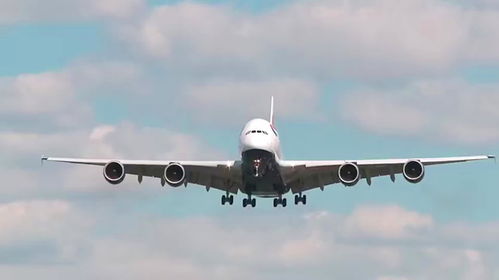
The aircraft has come a long way since the first successful powered flight. From the humble beginnings of the Wright brothers to the sophisticated, high-tech aircraft of today, the aviation industry has made significant strides in improving our lives.
